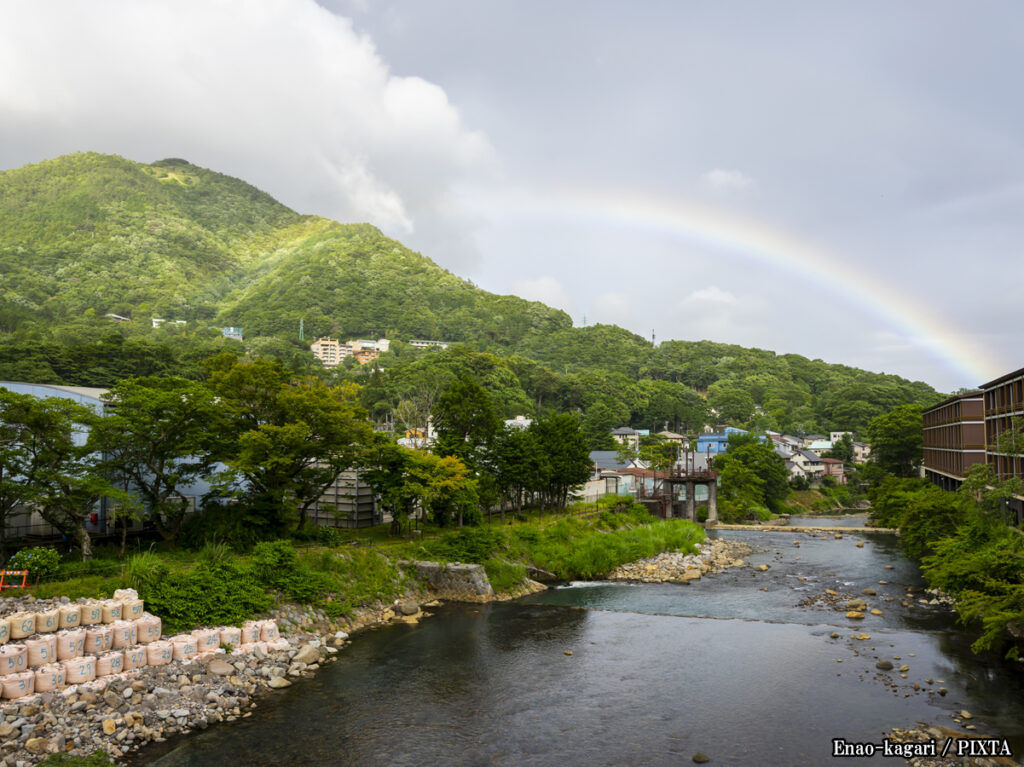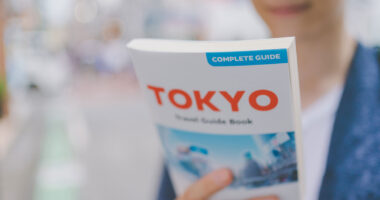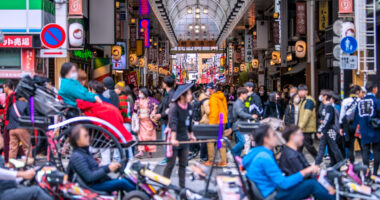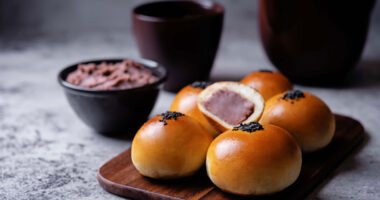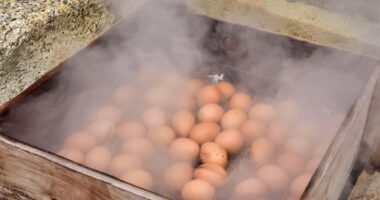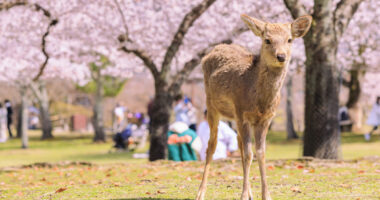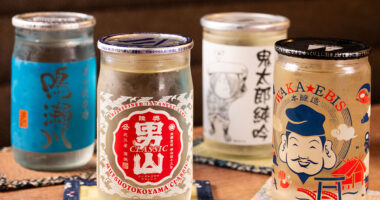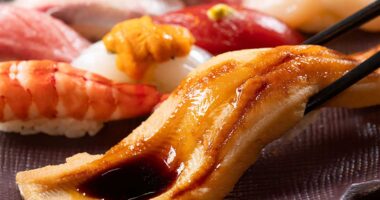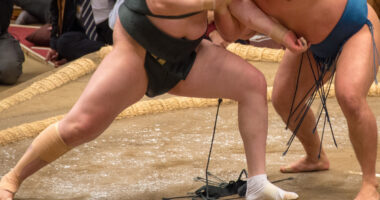If you’re planning a trip to Japan for true relaxation and restoration, Hakone Onsen offers the kind of quiet relief you might not realize you need. Stepping into one of its hot springs feels a bit like discovering a perfectly brewed cup of tea after a long day.
Every bath carries its own warmth, character, and purported healing effect. Some are said to gently ease muscle tension, others leave your skin feeling refreshed. Many onsen bring a sense of calm that sticks with you long after you’ve dried off. This is not just a scenic escape with mountain views and cozy inns. In Hakone, the water itself contributes to your wellness.
This guide will help you understand the different types of hot springs here, what makes each one unique, and how to choose the right soak to give your body and mind the care they have earned.
Hakone’s hot spring diversity: an overview of the Hakone jū-nana yu
Hakone’s geothermal activity has created a network of 17 distinct hot spring sources known collectively as Hakone jū-nana yu. This diversity means visitors can find hot springs with different colors, scents, and sensations on your skin, each offering unique advantages.
The springs emerge from underground volcanic activity, often enriched with minerals dissolved from the surrounding rocks. Over the centuries, this mineral-rich water has been used for healing and relaxation. The 17 sources are scattered throughout Hakone’s region, with each spring known for specific characteristics. While many onsen resorts in Hakone feature a mix of these waters, understanding the water quality will help you make informed choices about which springs to visit based on your wellness needs.
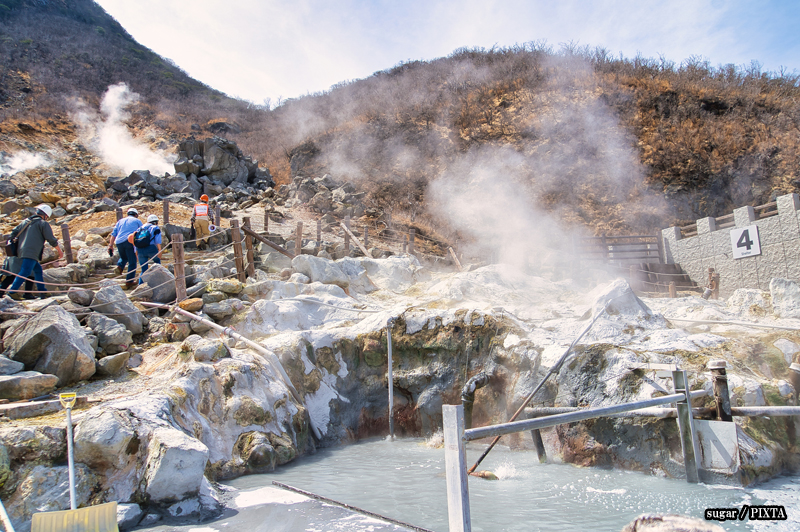
Photo for illustrative purposes
Classification of hot spring types in Hakone
When most people imagine soaking in a Japanese onsen, they’re probably picturing steaming pools tucked into forested hills, maybe with Mount Fuji in the distance. What many don’t realize is that not all hot spring water is the same.
In Hakone, one soak might leave your skin feeling incredibly soft, while another seems to warm you from the inside out. Local onsen experts typically group these waters into types, based on things like mineral content, acidity or alkalinity, and temperature. For travelers coming to Hakone after a long flight, several train transfers, or just a packed sightseeing schedule, understanding these categories can help you find the soak that suits your body the best!
Let’s break down the main types of Hakone onsen you’re likely to encounter, along with what they feel like, smell like, and how they can help your body recover and recharge.
Iō-sen (sulfur springs)
What they’re like:
Sulfur springs are notably characterized by their distinct scent, often considered emblematic of Japanese onsen. Varyingly described as a distinct sulfuric or an earthy scent, it comes from naturally occurring hydrogen sulfide. While it might catch your nose at first, many people say they stop noticing it after a few minutes. The water itself tends to look cloudy white or yellow, and can feel a bit slippery or oily on the skin.
Why they’re good:
These are some of the most beneficial waters you’ll find. Sulfur has antibacterial and anti-inflammatory properties, and its presence in sulfur springs potentially benefits people dealing with skin conditions like eczema or psoriasis. It may also help with muscle soreness and circulation.
Good to know:
The scent can linger in your hair or towel, so use the ones provided at your onsen if you’re sensitive.
Enkabutsu-sen (chloride springs)
What they’re like:
These are the “salty” springs. The water is clear but has a slightly heavier feel, and after a soak, you may notice your skin stays warm for a long time, even after you towel off. That’s the salt content at work, helping your body retain heat.
Why they’re good:
Ideal for travelers coming in the cooler months or those who tend to get cold easily. Chloride springs are also believed to be helpful in easing muscle fatigue and mild soreness, like after carrying luggage across train stations or taking on that steep hike the day before.
Good to know:
Bring a reusable water bottle and hydrate well afterward. Saltwater soaks can be a bit dehydrating over time.
Tansan-sen (carbonated springs)
What they’re like:
Have you ever soaked in a bath that tickles? Carbonated springs are filled with naturally dissolved carbon dioxide, which clings to the skin in tiny bubbles. It’s a light, almost fizzy sensation, and can feel surprisingly refreshing after a long day.
Why they’re good:
The carbonation stimulates blood flow and is often recommended for improving circulation and relieving muscle tension. If your legs feel heavy from sightseeing or train travel, this kind of bath is great for recovery. It’s also said to help with high blood pressure and fatigue.
Good to know:
These springs are usually on the cooler side, so they’re great during summer or if you’re heat-sensitive.
Sansei-sen (acidic springs)
What they’re like:
Acidic springs can be a bit more intense compared to others. The water is clear or pale yellow, and it might feel a little sharp or tingly on the skin, just like a natural astringent. People with sensitive skin may want to dip a toe in before committing to a full soak.
Why they’re good:
These waters are natural disinfectants, making them excellent for acne, athlete’s foot, or other skin issues. They’re also thought to speed up wound healing and support detox. If your skin is tired from city pollution or long flights, this might be a gentle cleanse.
Good to know:
Don’t soak for too long at first, and avoid if you have open cuts or extremely dry skin.
Arukari-sen (alkaline springs)
What they’re like:
These are some of the most popular hot springs in Hakone, especially among visitors who love a “silky” bathing experience. Alkaline water feels soft and smooth, similar to having a bath in lotion. The high pH helps wash away old skin cells, which leaves you feeling fresh and clean without any scrubbing.
Why they’re good:
Often referred to as “beauty baths,” these springs are ideal for skin hydration and gentle cleansing. They’re also said to be relaxing for sore joints and muscles, and the pleasant texture makes them easy to soak in for longer periods.
Good to know:
Perfect for first-time onsen goers or anyone looking for a skin-friendly soak.
Health benefits and effects of Hakone’s hot springs
The minerals in Hakone’s hot springs work with your body in different ways to soothe and heal. Here’s a closer look at what these natural baths can do for you:
Ease muscle and joint discomfort
If you’ve been sitting at a desk for hours or have spent the day walking around Japan’s cities, certain springs can really help. Waters rich in sulfur, salt, or alkaline minerals are said to gently loosen tight muscles and reduce joint stiffness. The heat improves blood flow, helping your body recover from everyday aches or exercise strain.
Care for your skin
If your skin feels dry or irritated after travel, some of Hakone’s waters may offer a natural remedy. Sulfur and acidic springs are said to act like a deep cleanse, fighting bacteria and helping with common skin issues. Meanwhile, alkaline springs softens your skin and leaves it smooth to the touch.
Boost circulation and fight fatigue
When your feet feel cold or you’re worn out after a busy day, carbonated and salty springs may come to the rescue. The tiny bubbles in carbonated springs gently massage your skin, and blood vessels dilate in reaction to carbon dioxide, encouraging blood flow. This, in turn, can make you feel lighter and more awake. Salt springs help keep your body warm longer, which is great if you tend to feel chilly or tired.
Support natural detoxification
Soaking in many of these springs encourages sweating, which helps flush out toxins from your body. Sulfur-rich waters are believed to be especially good at this, cleansing your skin and body naturally. Acidic springs can also have a refreshing cleansing effect, leaving you feeling renewed both inside and out.
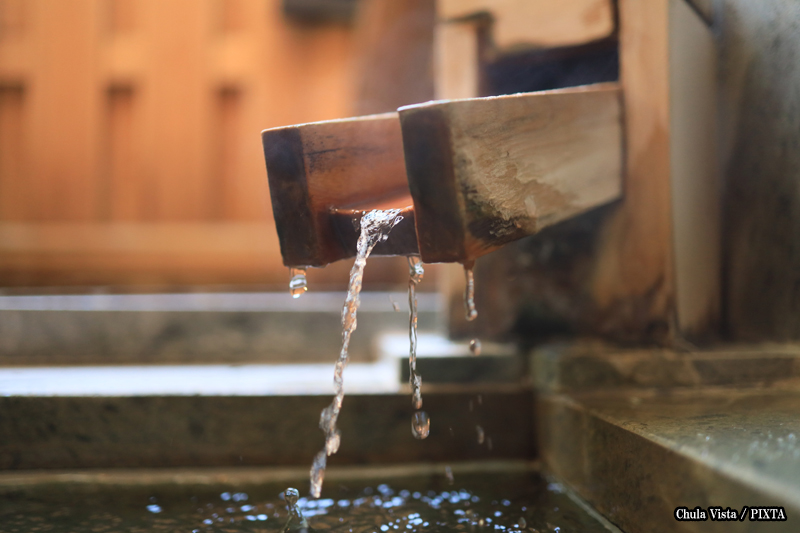
Photo for illustrative purposes
What to keep in mind when visiting Hakone’s hot springs
Before you fully dive into your vacation mode, keep these practical tips in mind:
- Temperature matters: Some springs are hotter than others. If you have sensitive skin or health conditions, start with shorter baths and cooler waters.
- Hydrate well: Soaking in hot springs can dehydrate you, so drink plenty of water before and after your bath.
- Consult your doctor: If you have serious health issues, especially heart or skin conditions, check with a healthcare professional before using strong mineral waters.
- Alternate baths: If you want to try multiple springs, alternate between water types to avoid overexposure to certain minerals.
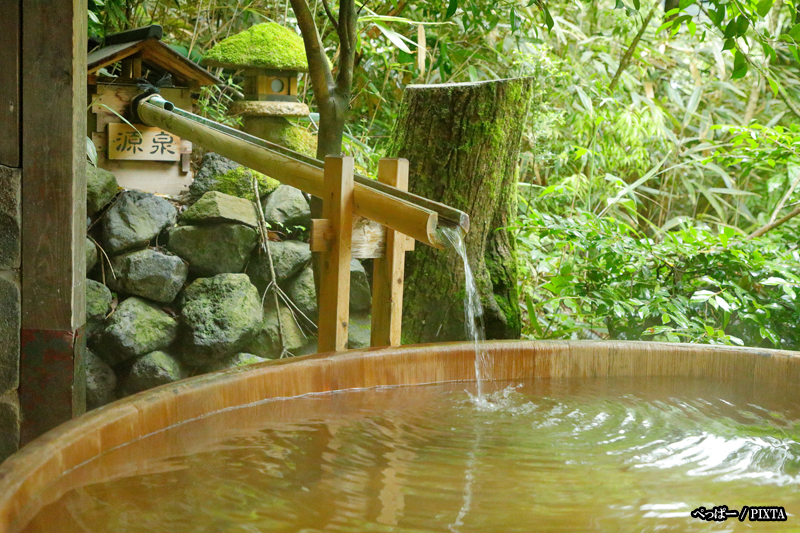
Photo for illustrative purposes
Conclusion: Embrace Hakone’s healing waters
A trip to Hakone invites you to slow down and give your body and mind the rest they deserve. After long days filled with work or travel, soaking in warm mineral waters recharges your mind and soul.
The experience goes beyond the springs themselves. The fresh mountain air, peaceful inns, and quiet walking paths all add to the sense of calm. Simple moments like enjoying a cup of green tea in a cozy room or wandering through nature will help complete the feeling of restoration.
As you pack and plan your visit, keep in mind that relaxation comes from embracing the whole experience. Listen to your body’s needs and take time to enjoy the peaceful surroundings. Hakone’s healing waters seamlessly blend tradition and wellness, offering a truly refreshing escape.
